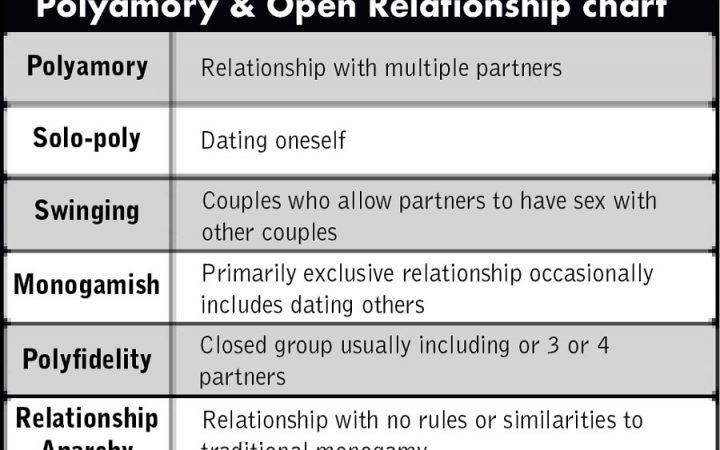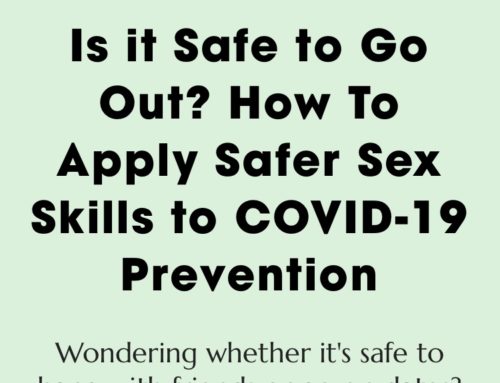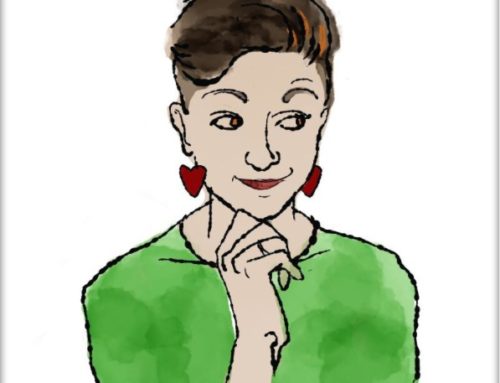The Many Forms of Relationships by Angelique Inchierca
This month, I went to Keene State to present my workshop Polyamory and Open Relationships and student newspaper member Angelique Inchiera wrote this great article about it. Thanks for having me, Keene State!
Starting at a very young age, people develop relationships with their parents, siblings, friends, and significant others, but many struggle to understand what those relationships should look like.
Program Support Assistant for LGBTQ+ Students Hunter Kirschner (pronouns: he, him, his) said, “We learn about relationships from our parents, friends and media. You basically only see monogamous relationships, so you can understand what those look like and what the rules are for that.”
When the societal expectations of monogamous relationships are challenged, confusion and frustration can occur.
KSC sophomore Dreamy Kljajic (pronouns: they, them, their) said, “I mostly heard of it from how society says that if a couple is in an open relationship, that means they’re not happy with each other.”
Dictionary.com defines an open relationship as “a marriage or relationship in which both partners agree that each may have sexual relations with others.”
Kirschner said he hopes that students attending the event will take away the proper skills needed to have a healthy, polyamorous relationship.
“Also, exposure and understanding that these relationships are not of any less value and that they can be done well and that they can be healthy,” Kirschner added.
On Wednesday, Jan. 31, Relationship Therapist and Sex Educator Yana Tallon-Hicks (pronouns: she, her, hers) came to Keene State College to present her “Polyamory and Open Relationships” workshop.
At the presentation, Tallon-Hicks said non-monogamy is a term that umbrellas several others, including polyamory, solo-poly, open relationships (including subcategories: swinging and monogamish), polyfidelity and relationship anarchy (refer to infographic).
Tallon-Hicks defined polyamory as a “multiplicity of emotional and sexual relationships.” She said many students are confused on how this concept works, giving the term and other non-monogamous relationships many misconceptions. A common belief among students is that both polyamory and open relationships are equivalent to one another.
Kirschner said, “I think people use them interchangeably. I think in an open relationship you have a primary partner and you are open to seeing other people, but it’s your relationship that is central. Whereas polyamory can also include multiple primary relationships.”
Tallon-Hicks said that, usually, in polyamorous relationships, each partner fills a different role, but it is very common that everyone is connected to each other. She said one partner may be for sexually intimate relations, while another could be someone for going out on dates with regularly. Another term often confused with polyamory is polygamy.
Kirschner said, “Polygamy refers to just marriage… we associate [it] with the Mormon Religion. I think it’s more the idea of being married to multiple people rather than just being in any other kind of relationship.”
Kirschner said an easy way to understand polyamory is by knowing the common nickname Polycule.
“This idea of individuals having all these different connections, like atoms, to this one thing; like a molecule, but with people. It’s kind of like having a network of people. You may have one primary or not. You may just have multiple relationships with different people that all know you are dating all these people,” he said…continue reading…



